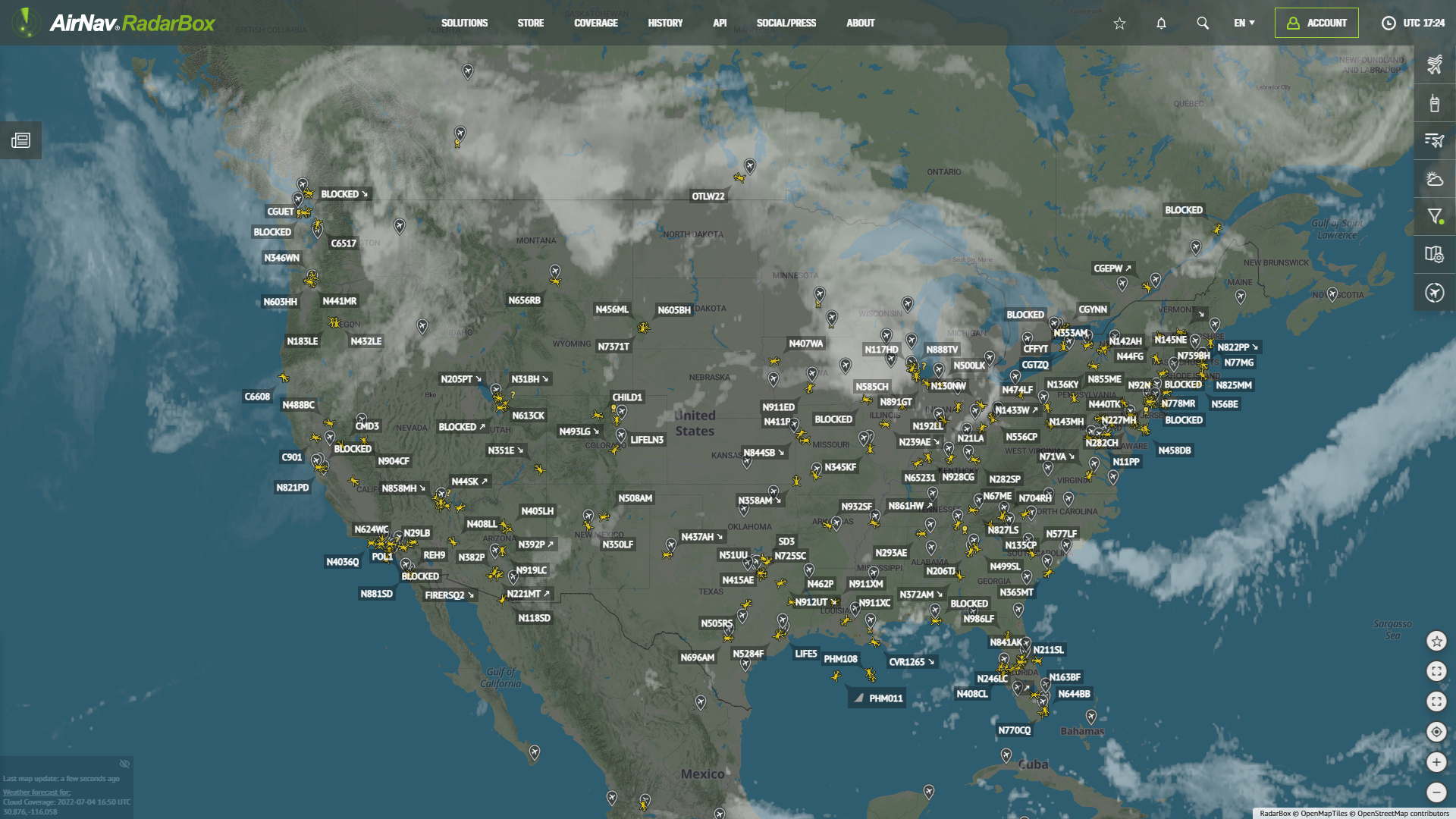Do you know what causes turbulence?

Turbulence is one of the most talked about elements of flying among passengers. But for cabin crew and pilots, it’s simply part of the job and certainly not something to fear.
That said, it can be uncomfortable. So, a lot of effort goes into minimising the amount of turbulence we encounter.
What causes turbulence
There are three main causes of turbulence.
- The most common is a sudden change in the wind direction and speed. (These combined forces are called ‘windshear’). Aircraft can encounter a lot of sudden wind changes as they climb through the atmosphere to reach their cruising altitude (where the air is usually much smoother) That’s why the seat belt sign typically stays on for several minutes after take-off – the Captain is waiting to reach smoother air higher up.
- Turbulence is also caused by a sudden change in air temperature, which often happens when flying through thick clouds.
- The third cause is wake turbulence. Large jet aircraft (like the A380 or B747) disturb the air as they fly through it at close to the speed of sound – a bit like a large ships creating a wash behind them as they churn through the ocean. For this reason, air traffic controllers deliberately leave plenty of distance between large aircraft in particular. Wake turbulence does happen, but it’s very uncommon.

Planning a smooth flight
Pilots receive charts like this as part of their flight plan, giving them an indication of weather conditions en route. The white numbers in the black circles show the intensity of wind changes (or, shear rate) that create turbulence.
Reducing turbulence
There are a few ways to reduce turbulence.
- Pilots receive a map from Integrated Operations Centres showing the weather along their planned route. This includes an indication of likely turbulence (measured as ‘shear rate’) on a scale of 0 to 15. The pilots will use this information to plot the smoothest path they can. Most of the time, numbers are between 3 and 6.
- Other aircraft – aircraft flying on the same route often radio each other about any rough spots of unexpected turbulence they’ve encountered, and what altitude they’ve gone to (up or down) to find smoother air. Air Traffic Controllers join in as well, helping to share information between aircraft.
- Radar on board – radar equipment in the nose of the aircraft scans ahead to show storms, allowing pilots to plan a course around them. This is particularly important on long haul flights, where weather conditions on the route will change over the 10+ hour journey you’re on.
- Boeing 787s have ‘Smooth Ride Technology’, which uses flaps on the wings to detect and counteract turbulence.

https://www.radarbox.com/data/flights/QF94
Recent event
Qantas Airways said earlier in June that one of its Airbus A380 experienced a short burst of wake turbulence from another A380 flying ahead and above it.
No passengers were injured and there was no aircraft damage from the incident which involved an A380 taking off from Los Angeles late on Sunday LA time bound for Melbourne, flying behind another Qantas A380 en route to Sydney.
Nothing to fear
Aircraft are designed to deal with turbulence many times more severe than anything we would realistically encounter. We might notice the wings flex up and down when it gets bumpy but they are designed to bend much, much further.
The biggest risk from turbulence is being tossed around so we better keep our seat belt fasten!
READ NEXT...
 78214
78214Tracking Helicopters With RadarBox
Today we'll explore how to filter and track helicopters on RadarBox.com. Read this blog post to learn more...- 52086
Air France Boeing 777 and American Airlines Boeing 737 experienced a near miss over Caribbean
Air France Boeing 777-300 and American Airlines Boeing 737-800 experienced a near miss over the Caribbean Sea. The planes were safely separated after the TCAS got activated. - 30323
AirNav Announces Coronavirus Related Data & Graphics Available
AirNav Systems is providing data COVID-19 air traffic related data for analysis, study and use.
